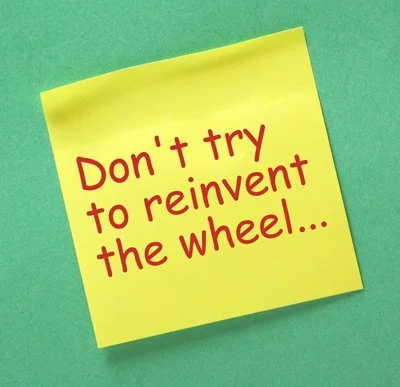No Need to Reinvent the Wheel: Using Ask Letters for Stewardship
October is here; you’re in the busiest time of the year as a fundraiser. Notice I didn’t say “fundraising season” – because fundraising isn’t seasonal! It’s a year-round effort, just like the climate where I live in the South – always active.
Amidst the hustle, it's essential not to overlook the potential of your ask letters to also serve as a stewardship tool. You might be wondering, “Why ask through a letter? Shouldn’t these requests be in person?” Well, in an ideal world, yes. If your donor prefers an in-person meeting, that's great. But not all donors want – or expect – a face-to-face ask. Plus, not all donors give at the level that warrants that kind of personalized attention.
If your fundraising program is robust, you likely have a midlevel giving program, and most midlevel donors don’t need or warrant an in-person ask. If your donors are tiered, allowing you to focus on and know your top level, those donors might get an in-person meeting or Zoom call. But for the majority of midlevel donors and even some lower-level major donors, an ask letter is perfectly appropriate.
Now, here’s the key question: why not turn that ask letter into a dual-purpose piece that also acts as stewardship? At one of the organizations I worked with in the past, we did just that, and it was wildly successful. We received both second/third gifts AND they were often larger than their normal giving.
1. The Ask Letter
The first letter featured the story of an individual whose life was impacted by our mission. She wrote a heartfelt one-pager about her journey with our mission, which we included with the ask letter. Within the ask letter, we also included a specific ask amount to support others like her, as well as a reply slip. We didn’t include a specific dollar amount on the reply slip – instead, we simply said “biggest and best gift yet” to inspire donors to stretch their giving. We wanted our donors to have an opportunity to help us with our mission – why would we restrict that to one specific ask amount?
2. The Program Impact Letter
The second letter highlighted another individual, sharing her experience impacted by one of our specific programs. Like the first, this letter included a program-specific mission story, an ask letter, and a reply device. In this case, we also included an additional resource outlining the specific needs of the program, so donors could clearly see where their dollars make the most impact and are needed most (think, helping donors solve a problem through their giving. After all, that’s what they want to do).
Stewardship Twist: Turning Asks into Thank-Yous
Now, here’s where the stewardship comes in. For donors who had already given, we took those same powerful stories, removed the ask, and turned them into thank-you letters. These letters focused on delivering impact, sharing how the donor’s gift helped thousands of people – including the brave individuals featured in the letters.
And yes, we still included a reply device. Why? Because if these stories inspired donors to give again, we wanted to make it easy for them. After all, giving brings joy – and why wouldn’t we offer them another chance to feel joyful by making a second (or even third) gift this year?
Work Smarter, Not Harder
This approach isn’t rocket science. It’s a simple, efficient way to make a meaningful connection with donors without creating additional work. I like to think of it as part of a 1-2 punch for our team: 1a is sending out those ask letters on time (October!), and 1b is reporting impact to those who have already given.
My advice to you as you enter the busy time of year is to do yourself a favor: don’t reinvent the wheel. Just polish it up and use it to shine a light on the incredible impact your donors are making.

